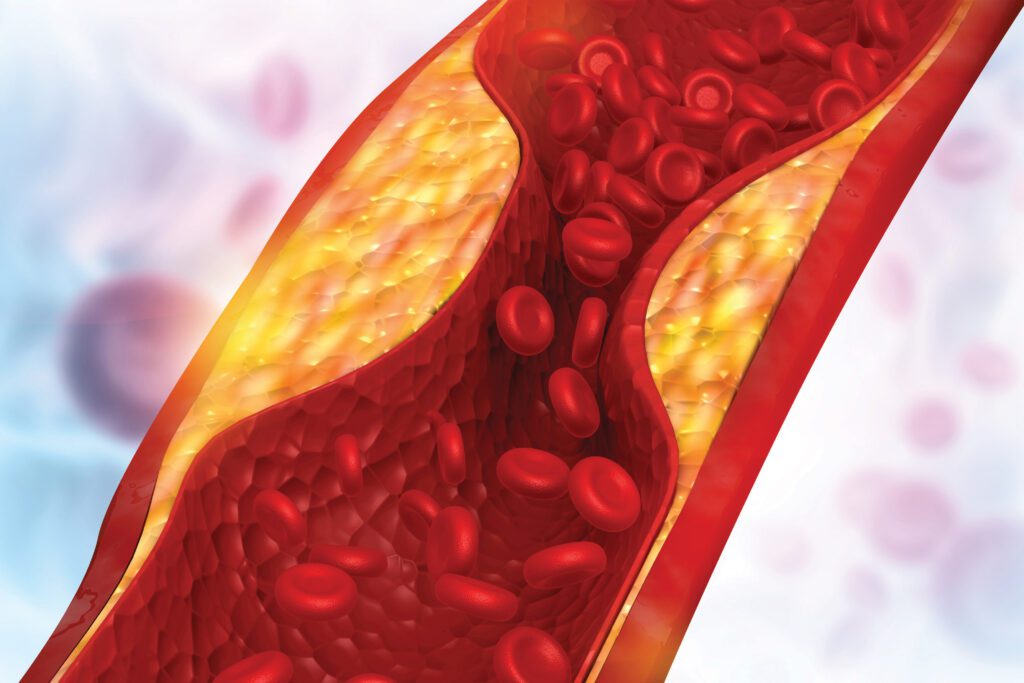Peripheral artery disease is a circulatory disorder that affects the arms and legs and can make walking difficult.
Peripheral Artery Disease
Peripheral artery disease (PAD) occurs when plaque builds up in the arteries and prevents blood from flowing normally. Insufficient blood flow to the arms and legs can affect their function and cause discomfort.
Advanced age is a risk factor for developing PAD, along with high blood pressure and type 2 diabetes. Recognizing its signs and consulting with your medical provider can lead to an early diagnosis and treatment
plan and keep the condition from advancing.


Critical Limb Ischemia
If left untreated, PAD can result in critical limb ischemia (CLI), where necessary blood flow to tissues in the extremities is limited or blocked. Critically low circulation levels can lead to severe pain and gangrene and put the individual at high risk of limb loss. CLI requires immediate attention from a vascular surgeon to restore circulation and prevent limb loss.
Symptoms
Common signs of PAD include unexplained leg muscle pain that eases with rest, sores that are slow to heal, discoloration on the toes or feet, and weakness while walking.
Many patients later diagnosed with PAD assume that their leg issues have other causes, which delays treatment. If you are experiencing symptoms of PAD, prioritize your health and schedule a doctor’s appointment.
Treatment and Outlook
PAD can be successfully managed with lifestyle changes, medication, and, if necessary, surgical intervention. Preventative measures to reduce plaque buildup include regular exercise, avoiding saturated fats, not smoking, and maintaining a healthy blood sugar level.


